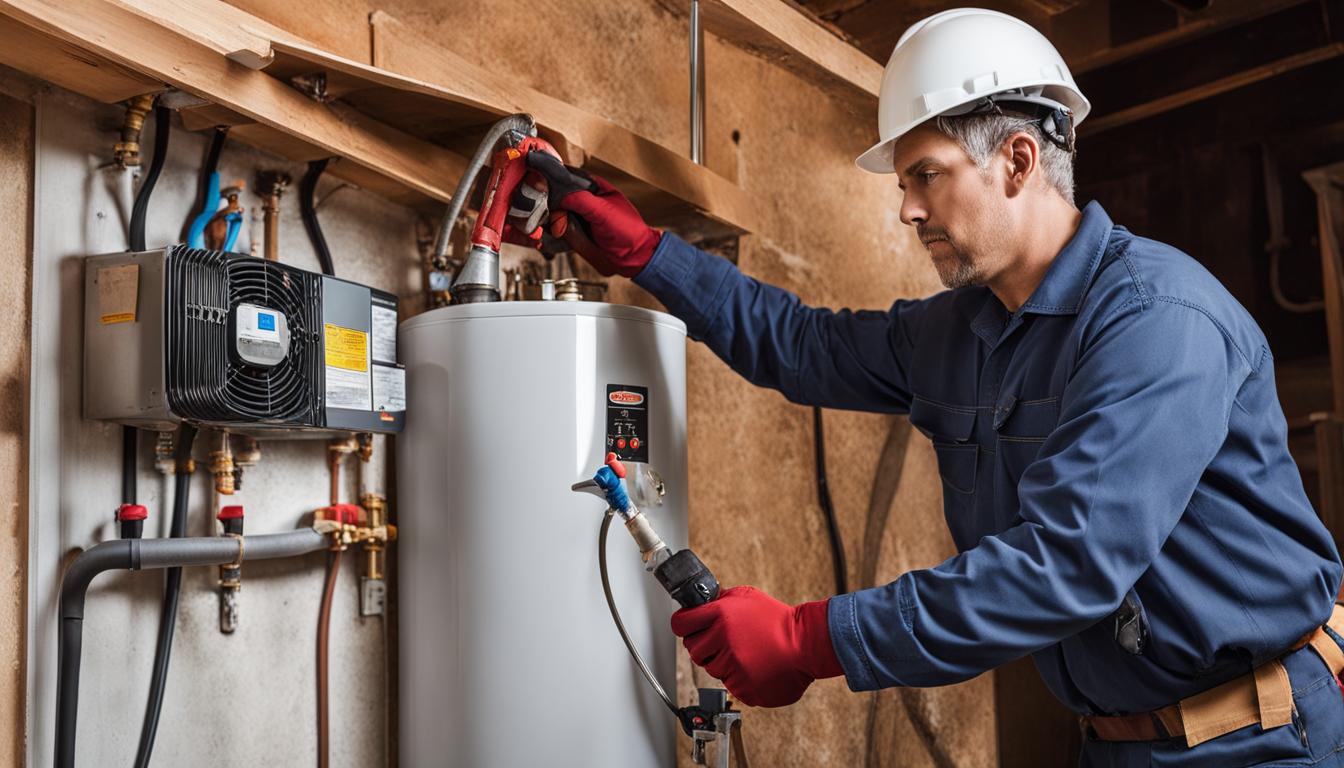How to Prolong the Lifespan of Your Home's Hot Water System Through Maintenance
How to Prolong the Lifespan of Your Home's Hot Water System Through Maintenance
Blog Article
How do you actually feel in regards to Water Heater Maintenance Tips You Can't Afford to Forget?

Warm water is important for day-to-day comfort, whether it's for a revitalizing shower or washing meals. To guarantee your warm water system runs effectively and lasts much longer, regular maintenance is crucial. This article supplies sensible suggestions and understandings on just how to maintain your home's hot water system to stay clear of disruptions and costly fixings.
Introduction
Preserving your home's warm water system could seem complicated, yet with a few easy actions, you can ensure it operates smoothly for many years ahead. This guide covers everything from comprehending your warm water system to DIY maintenance suggestions and understanding when to call professional help.
Significance of Maintaining Your Hot Water System
Routine upkeep not just expands the lifespan of your hot water system but also ensures it operates efficiently. Overlooking upkeep can cause lowered performance, greater power costs, and also early failing of the system.
Indicators Your Warm Water System Demands Upkeep
Understanding when your hot water system requires interest can stop significant issues. Look out for signs such as inconsistent water temperature, unusual noises from the heating unit, or corroded water.
Purging the Water Heater
Flushing your water heater eliminates debris build-up, enhancing effectiveness and extending its life.
Checking and Replacing Anode Rods
Anode poles protect against deterioration inside the container. Inspecting and replacing them when broken is critical.
Facility Concerns Needing Expert Help
Examples include significant leakages, electrical problems, or if your hot water heater is continually underperforming.
Regular Expert Upkeep Benefits
Professional upkeep can consist of thorough assessments, tune-ups, and making certain conformity with safety standards.
Evaluating and Changing Temperature Level Settings
Readjusting the temperature setups guarantees optimum efficiency and safety.
Do It Yourself Tips for Maintenance
You can carry out a number of upkeep jobs yourself to maintain your hot water system in leading condition.
Checking for Leaks
Regularly check pipes and links for leaks, as these can bring about water damage and greater expenses.
Understanding Your Warm Water System
Before diving right into maintenance jobs, it's useful to recognize the fundamental components of your warm water system. Generally, this consists of the water heater itself, pipelines, anode rods, and temperature level controls.
Monthly Upkeep Tasks
Regular month-to-month checks can help capture small problems prior to they escalate.
Checking Pressure Alleviation Valves
Testing the stress safety valve ensures it operates correctly and stops excessive stress build-up.
Insulating Pipelines
Shielding hot water pipelines lowers warmth loss and can conserve power.
When to Call an Expert
While DIY upkeep is helpful, some issues need professional experience.
Final thought
Regular upkeep of your home's hot water system is important for efficiency, durability, and cost savings. By following these ideas and understanding when to look for professional aid, you can ensure a trusted supply of hot water without unforeseen disturbances.
How to Maintain an Instant Hot Water Heater
Before tinkering with your hot water heater, make sure that it’s not powered on. You also have to turn off the main circuit breaker and shut off the main gas line to prevent accidents. Also turn off the water valves connected to your unit to prevent water from flowing into and out of the appliance. 2. When you’re done, you have to detach the purge valves’ caps. These look like the letter “T†and are situated on either side of the water valves. Doing so will release any pressure that has accumulated inside the valves while at the same time avoid hot water from shooting out and burning your skin. 3. When the purge valves’ caps are removed, you have to connect your hosing lines to the valves. Your unit should have come with three hoses but if it didn’t, you can purchase these things from any hardware or home repair shops. You can also get them from retail stores that sell water heating systems. Read the user’s manual and follow it to complete this task properly. When the hosing lines are connected, open the purge port’s valves. 4. You should never use harsh chemical cleaners or solutions when cleaning your unit. Make use of white vinegar instead. It should be undiluted and you’ll probably use about 2 gallons. 5. Now flush your water heater. This task should probably take about 40 minutes. We can’t give you specific directions for this because the procedure is carried out depending on the type, model and brand of your heater. With that being said, refer to the user’s manual. 6. When you’re done draining the unit, you have to turn off the purge port valves again. Remove the hosing lines that you earlier installed on each of the water valves. Put the valve caps (purge port) back in their respective places and be very careful so as not to damage the rubber discs that are found inside these caps. 7. Now that everything’s back in place, check your user’s manual again to find out how to reactivate your water heating system. 8. Once it is working, turn one of your hot water faucets on just to let air pass through the heater’s water supply pipes. Leave the tap on until water flows smoothly out of it. https://www.orrplumbing.com/blog/2014/september/how-to-maintain-an-instant-hot-water-heater/

I hope you liked our article on Tips For Maintaining Your Hot Water Heater. Thanks so much for taking time to read our piece of content. Are you aware of somebody else who is excited by the subject? Feel free to share it. Many thanks for your time invested reading it.
Click Here Report this page